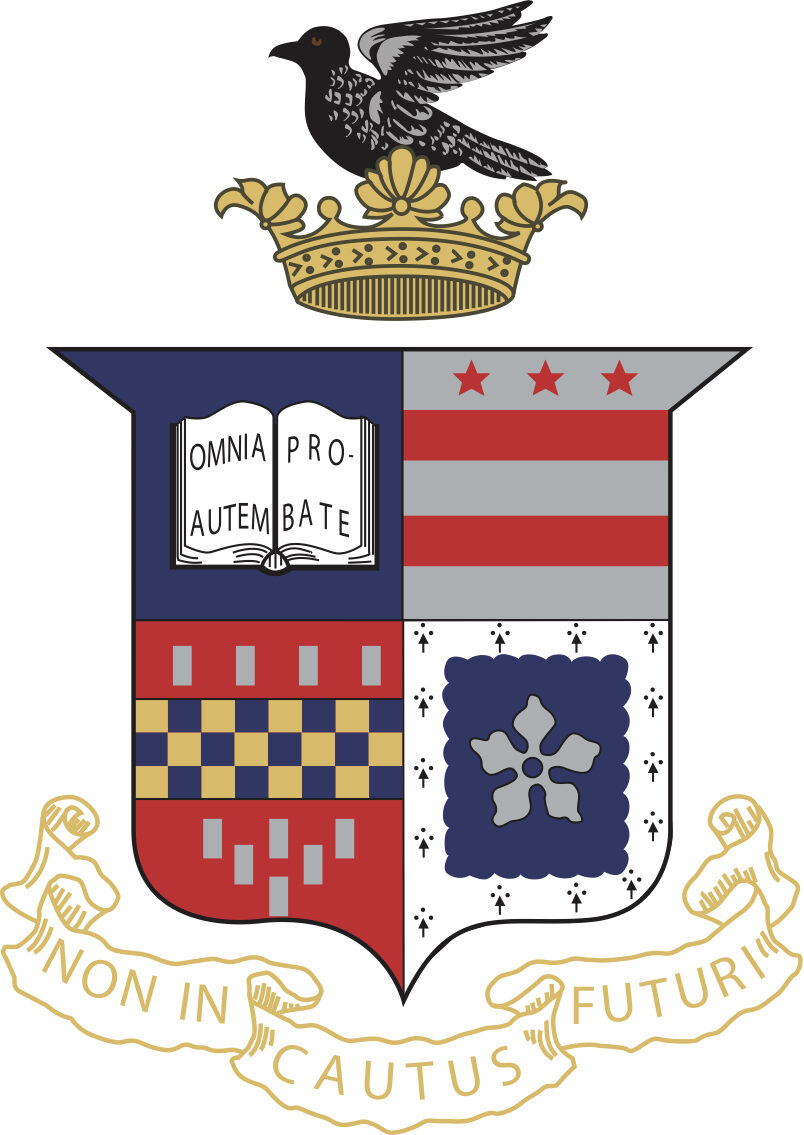Although the Thirteenth Amendment to the Constitution formally abolished slavery and involuntary servitude in 1865, the text created an exception for the punishment of crimes “whereof the party shall have been duly convicted.” Two years later, Congress passed The Anti-Peonage Act in an attempt to prohibit the practice of coerced labor for debt. Yet, in the wake of the Civil War, Southern states innovated ways to impose peonage but avoid violations of the law, including criminal surety statutes that allowed employers to pay the court fines for indigent misdemeanants charged with minor offenses in exchange for a commitment to work. Surplus from these payments padded public coffers (as well as the pockets of court officials), and when workers’ debt records were subsequently “lost” or there was an allegation of breach, surety contracts were extended, and workers became further indebted to local planters and merchants. Several decades later in Bailey v. Alabama (1911) and United States v. Reynolds (1914), the Supreme Court invalidated laws criminalizing simple contractual breaches, which Southern states had used to skirt the general provisions of the Anti-Peonage Act. Yet, these decisions ultimately had little impact on the “ever-turning wheel of servitude,” and the practice persisted under alternative forms until after World War II.
This Article examines the phenomenon of what the Author calls “the new peonage.” It posits that the reconfiguration of the South’s judicial system after the Civil War, which entrapped blacks in a perpetual cycle of coerced labor, has direct parallels to the two-tiered system of justice that exists in our juvenile and criminal courtrooms of today. Across the United States, even seemingly minor criminal charges trigger an array of fees, court costs, and assessments that can create insurmountable debt burdens for already struggling families. Likewise, parents who fall behind on their child support payments face the risk of incarceration, and upon release from jail, they must pay off the arrears that accrued, which hinders the process of reentry. Compounding such scenarios, criminal justice debt can lead to driver’s license suspension, bank account or wage garnishment, extended supervision until debts are paid, additional court appearances or warrants related to debt collection and nonpayment, and extra fines and interest for late payment. When low-income parents face such collateral consequences, the very act of meeting the most basic physical and emotional needs of their children becomes a formidable challenge, the failure of which can trigger the intervention of Child Protective Services, potential neglect allegations, and further court hearings and fees. For youth in the juvenile court system, mandatory fees impose a burden that increases the risk of recidivism. In short, for families caught within the state’s debt-enforcement regime, the threat of punishment is an ever-present specter, and incarceration always looms. Ironically, rather than having court fees serve as a straightforward revenue source for the state, this hidden regressive tax requires an extensive infrastructure to turn court and correctional officials into collection agents, burdening the system and interfering with the proper administration of justice. Moreover, states frequently divert court fees and assessments to projects that have little connection to the judicial system.
This Article is the first to analyze the ways in which the contemporary justice tax has the same societal impact as post-Civil War peonage: Both function to maintain an economic caste system. The Article opens with two case profiles to illustrate the legal analysis in narrative form, followed by several others presented throughout the piece. The Article then chronicles the legal history of peonage from the passage of the Thirteenth Amendment
through the early twentieth century. It establishes the parallels to the present-day criminal justice system, in which courts incarcerate or re-incarcerate those who cannot pay. It argues that Supreme Court decisions intended to end the use of debtors’ prisons ultimately had limited impact. The Article concludes with proposals for legislative and public policy reform of the new peonage, including data collection and impact analysis of fines, restitution, and user fees; ending incarceration and extended supervision for non-willful failure to pay; and establishing the right to counsel in nonpayment hearings.
